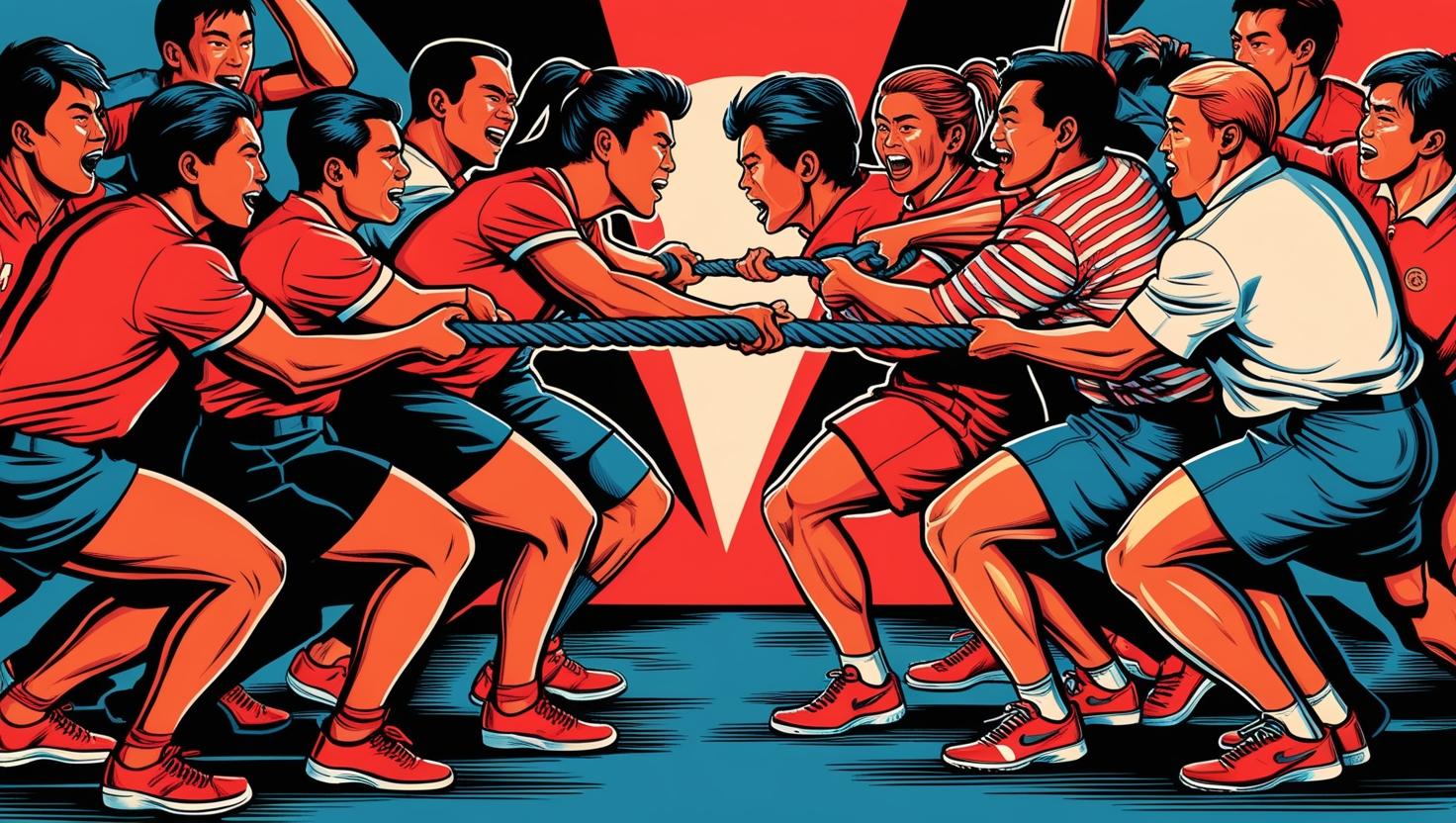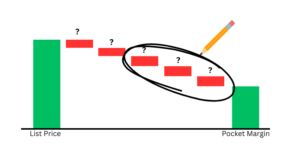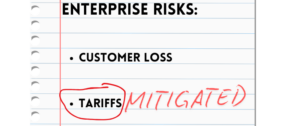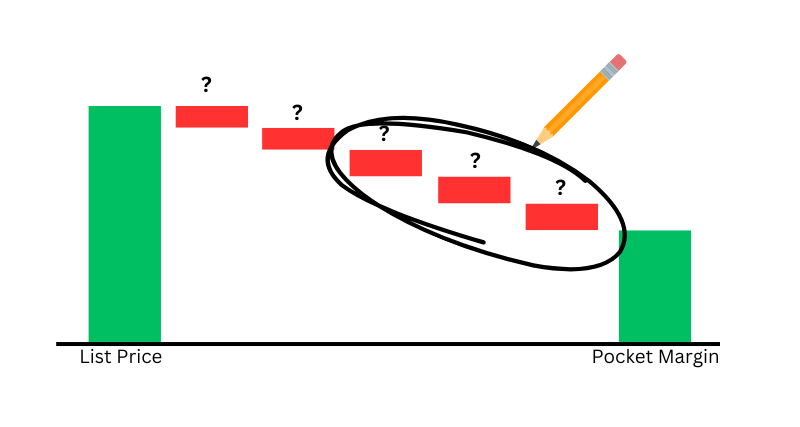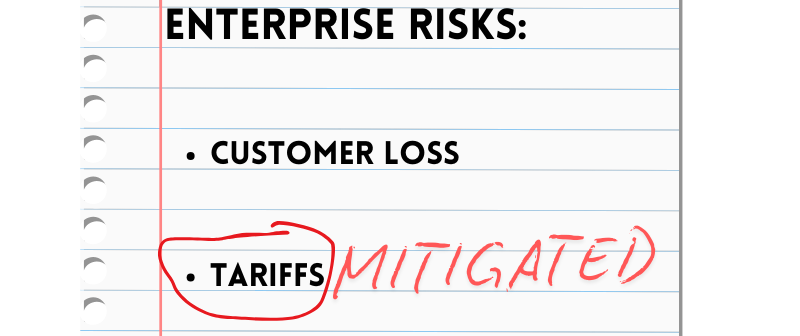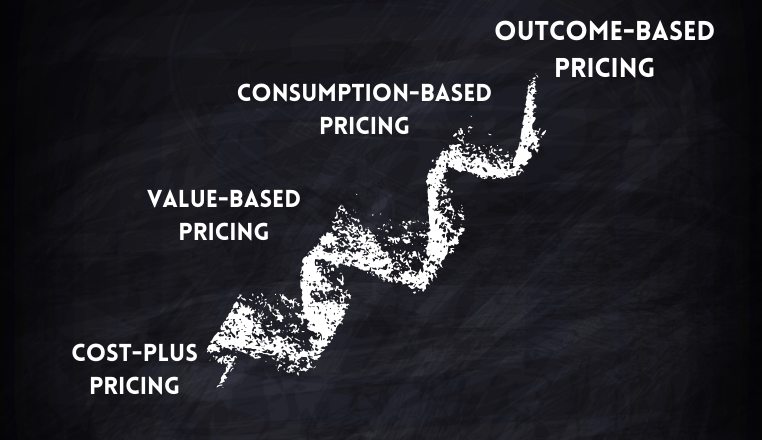Lately, it’s been impossible to avoid headlines about tariffs—and for good reason. The mere mention of broad, unilateral tariffs can send shockwaves through the business and political worlds. For companies, tariffs represent one of the most immediate and disruptive forces on cost and pricing. Imagine a 25% overnight cost increase—this kind of seismic shift can send profitability into a tailspin.
In this two-part series, we’ll dive into the world of tariffs. Today, we’ll cover the basics: what tariffs are, how they work, and why they’re implemented. In the next post, we’ll explore what businesses can do to mitigate their impact.
What Are Tariffs and Why Implement Them?
Tariffs are one of the oldest tools in economic policy, dating back to the days of the Silk Road. Simply put, a tariff is a tax imposed by a government on certain imported goods. This tax is paid by the importer of record, often passing through the supply chain to end consumers.
Historically, tariffs served as a “transit tax” to protect domestic industries. In medieval Europe, they safeguarded local artisans by restricting imports and encouraging local consumption. Over time, regional agreements like NAFTA in North America and the European Union’s single market allowed for freer trade, reducing the need for tariffs in certain contexts.
The Case for Tariffs: Protecting Domestic Industries.
Tariffs are often implemented to level the playing field when local industries face unfair competition from abroad. Let’s look at a modern example: China’s dominance in manufacturing.
Over the past few decades, entire industries have been reshaped—or even wiped out—by China’s competitive advantages. Consider these examples:
- Italy’s once-thriving furniture and textile industries have largely relocated to China.
- Japan, known for cutting-edge television technology, has ceded dominance to Chinese manufacturers.
- The U.S., an early leader in solar panel production, now imports most panels from China.
Of course, there is always animosity regarding the destruction of domestic capabilities and capacity, however consumers are quite enticed by the idea of purchasing goods at a lower price than what they used to buy domestically. These behaviors over time change the manufacturing landscape globally.
The China Competitive Advantage.
The core disputes around Chinese competition stem from three factors: capital availability, cost structures, and pricing practices.
- Capital: Unparalleled State Support.
China’s government provides substantial, low-cost capital to its manufacturing and construction sectors. This allows Chinese companies to make significant investments in equipment and technology, outpacing competitors who must carefully manage their capital expenditures.
- Cost: Lower Across the Board.
Despite transportation costs for exporting goods globally, Chinese manufacturers maintain an edge through:
- Raw Materials: Abundant and cheaper domestic supplies.
- Labor: Though wages in China have risen, they remain far lower than in most Western nations.
- Technology: Access to cutting-edge machinery—sometimes borrowed or reverse-engineered from Western companies—drives higher productivity and lower unit costs.
- Pricing: The Dumping Dilemma.
China’s manufacturing overcapacity often leads to “dumping”—selling goods in foreign markets at or below cost to offload excess inventory. This practice makes it nearly impossible for domestic players to compete profitably.
How Tariffs Work.
To counter these imbalances, tariffs impose additional costs on imported goods. For example, in 2018, the U.S. introduced a 25% tariff on imported steel and a 10% tariff on aluminum under Section 232 of the Trade Expansion Act. The goal was clear: make imported goods more expensive, giving domestic producers a chance to compete on more equal footing.
The importer of record—whether it’s the manufacturer, distributor, or end customer—bears the immediate cost of these tariffs. Ultimately, these costs ripple down the supply chain, often landing squarely with consumers.
The Benefits and Drawbacks of Tariffs.
Strategic Advantages: When applied carefully, tariffs can stabilize struggling domestic industries. By raising the cost of imports, they give local players breathing room to compete and grow.
For instance, the 2018 steel tariffs helped some U.S. producers regain market share. In the short term, this protected jobs and reinvigorated parts of the domestic supply chain.
Unintended Consequences: But tariffs come with significant downsides:
- Cost Pass-Through: In industries with slim margins, like steel, absorbing a 25% cost increase is untenable. Prices rise, and consumers ultimately foot the bill.
- Retaliation: Other countries often respond with their own tariffs, triggering trade wars. These tit-for-tat measures disrupt global supply chains and hurt businesses on both sides.
In some cases, tariffs are used as a political tool in trade negotiations, as seen with the U.S.-China trade disputes. While this “hard stance” approach can pressure the other side, it rarely produces immediate positive outcomes, and it is unsustainable over time.
How Should Companies Respond?
Tariffs are a powerful tool—but also a double-edged sword. For businesses caught in the crossfire, preparation and adaptability are critical.
In the next part of this series, we’ll explore actionable strategies for companies to navigate the complexities of tariffs. Stay tuned!

